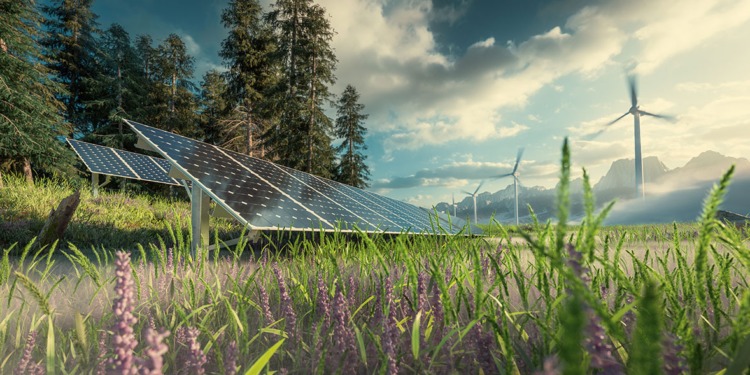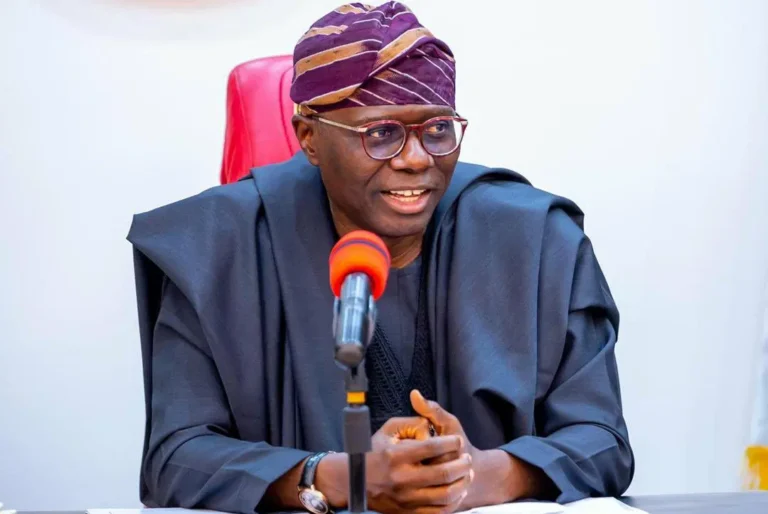
Renewable energy sources are expected to attract $2tn globally in 2024 out of the total $3tn energy investment projected for the year, a report by the International Energy Agency has revealed.
According to the IEA, total energy investment worldwide is expected to top $3tn for the first time.
“Some $2tn is expected to flow towards clean technologies such as renewables, electric vehicles, nuclear power, grids, storage, low-emissions fuels, efficiency improvements and heat pumps. The remainder – slightly over $1tn – is set to go to coal, gas and oil,” the report said.
It disclosed that despite pressures on financing, global investment in clean energy was set to reach almost double the amount going to fossil fuels in 2024, saying that was helped by improving supply chains and lowering costs for clean technologies.
However, the energy agency stated that even as spending on clean energy broke records, there were still major imbalances and shortfalls in energy investment in many parts of the world.
It stated that China, which was seeing strong domestic demand for solar, lithium batteries and electric vehicles, was set to account for the largest share of clean energy investment this year, reaching an estimated $675b.
Europe and the United States follow, with clean energy investments of $370bn and $315bn, respectively.
“These three major economies alone make up more than two-thirds of global clean energy investment,” the report revealed.
In emerging and developing economies, clean energy investment in 2024 is reportedly set to surpass $300bn for the first time, led by Brazil and India.
The report noted that this level of spending, which accounted for only about 15 per cent of the global total, was far below what was required to meet growing energy demand in many of those countries, where the high cost of capital was holding back the development of new projects.
According to the IEA, global upstream oil and gas investment is expected to increase by seven per cent in 2024 to reach $570bn, following a similar rise in 2023.
“This is broadly aligned with the demand levels implied in 2030 by today’s policy settings, according to the report – but it is far higher than projected in scenarios that hit national or global climate goals.
“Notably, clean energy investments by oil and gas companies accounted for only 4 per cent of the industry’s overall capital spending in 2023,” the report read.
It added that spending on grids, which is key to enabling faster clean energy transitions, is set to reach $400bn in 2024, having been stuck at around $300bn annually between 2015 and 2021.
Investments in battery storage were also said to be taking off and are poised to reach $54bn in 2024. However, this spending also remains highly geographically concentrated.
The IEA Executive Director, Fatih Birol, remarked, “Clean energy investment is setting new records even in challenging economic conditions, highlighting the momentum behind the new global energy economy. For every dollar going to fossil fuels today, almost two dollars are invested in clean energy.
“The rise in clean energy spending is underpinned by strong economics, by continued cost reductions and by considerations of energy security. But there is a strong element of industrial policy, too, as major economies compete for advantage in new clean energy supply chains.
“More must be done to ensure that investment reaches the places where it is needed most, in particular the developing economies where access to affordable, sustainable and secure energy is severely lacking today.”
In its transition plan, Nigeria has chosen gas as its transition fuel for being cheaper and cleaner than petrol and diesel.
Similarly, the Rural Electrification Agency plans to get about nine megawatts of electricity through solar grids.
SOURCE: PUNCH




